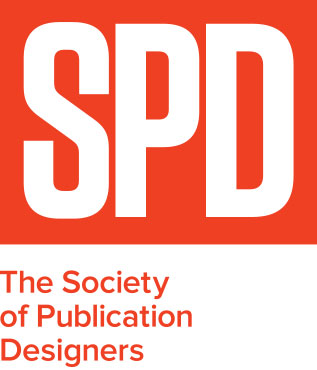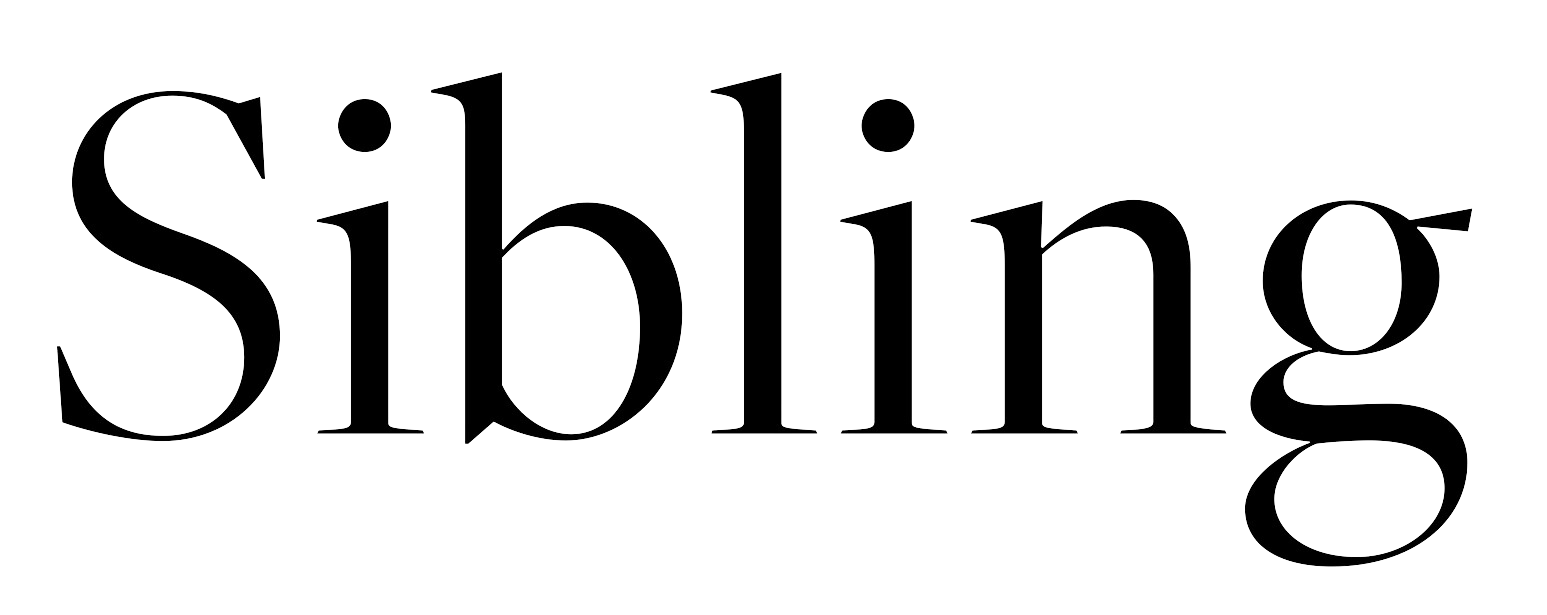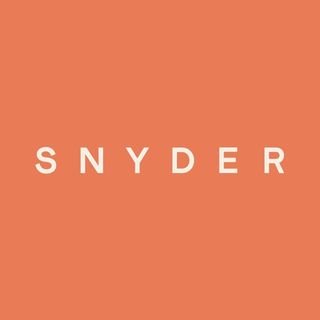Pop-Up Magazine's Escape Issue with Art Director, Supriya Kalidas
/Pop-Up Magazine is back with its first-ever themed issue centering around escape. The new tour kicks off next week in San Francisco with stops in Oakland, San Diego, Los Angeles, Vancouver, Washington, D.C., New York City, and Chicago. We chatted with Pop-Up Magazine (and The California Sunday Magazine) Art Director, Supriya Kalidas, who walked us through the design process for the live magazine event.
SPD: For those who aren’t familiar, how would you describe Pop-Up Magazine?
Supriya Kalidas, Art Director: Pop-Up Magazine is a live magazine. We tour the country three times a year with brand-new shows, created for a stage, a screen, and a live audience. Our contributors, who include prominent and up-and-coming writers, photographers, filmmakers, comedians, radio and podcast producers, and other storytellers, tell reported, multimedia stories accompanied by illustration, animation, photography, and an original score performed by the Magik*Magik Orchestra. The shows are ephemeral — we don't record anything or post anything online, so you have to be there to see it. We like to say the shows are like a film, concert, play, and comedy show all wrapped into one unforgettable evening.
SPD: What inspired the Pop-Up Magazine team to create a themed issue? How did you decide on “escape”?
SK: We've been interested in playing with the idea of a themed tour for a while, and we also wanted to formally collaborate with our sister publication, The California Sunday Magazine. The October issue of California Sunday shares the same theme. While most of Pop-Up's tours, or issues as we call them, run like a general-interest magazine covering a variety of topics, our upcoming Escape Issue is an opportunity for both teams—while the magazines have separate editorial teams, they share an art and photo department—to produce stories meant to be experienced in two very different mediums: "live" and print/online.
We chose the theme "Escape" because it feels relevant and timely given the state of the world right now, but it also feels universal and timeless at the same time. The desire to escape feels like a fundamental human trait which feels right for both brands. Editorially, it's a broad enough theme that can be interpreted in various different ways, and lends itself to a variety of tones and perspectives. It meant that we could tackle weighty stories on migration and criminal justice, as well as lighter ones about the little things that people do to find moments of escape throughout their day — we've even got a fun one about an escaped animal!
SPD: What’s the process of crafting a visual identity for each individual Pop-Up issue?
SK: We typically tour 3 times a year (Winter, Spring and Fall), and the identities for the issues within a year work together as a system. For the regular tours, we’ve developed a typographic and visual system that is pretty templated and yet flexible enough that we can customize the look-and-feel for each tour. We typically have about 2 weeks to get the entire system designed, produced and out into the world, so it helps not to have to reinvent the wheel each time and yet be able to establish a unique identity for each tour so it feels fresh each time.
SPD: What did you have to pay special attention to when you were working on the design of this tour?
SK: Since this was a special issue, we wanted the identity for this tour (and also for the magazine) to look entirely different from previous tours. All previously established templates were thrown out and we started ideating from scratch. This was exciting and terrifying at the same time; nothing is more intimidating than a blank page!
Given that this tour is a collaboration with California Sunday, we wanted to come up with a concept that could inform the identity for both brands. The biggest challenge was to create a common visual principle / concept that could work across both California Sunday and Pop-Up, and yet be distinct enough so that the two brands retained their specific visual DNA. As I mentioned earlier, both California Sunday and Pop-Up share art and photo departments. This proved to be a blessing because we were able to develop both identities simultaneously (the California Sunday portion of the project was led by our other art director Annie Jen). We were able to iterate on them together and make sure they were speaking to each other conceptually. To this effect we wanted to keep the basic idea fairly simple so that we could riff off of it in interesting and surprising ways. Quite early on in the exploration process, we landed on the idea of a portal, a space that you could escape to or escape from. It was a deceptively simple conceit that offered a lot of exciting visual possibilities for both mediums, albeit in different ways.
For the Pop-Up identity, the portal became a space where we could explore different visual styles and textures, sort of alluding to the different ways in which people escape, as well as the range of themes, textures and emotions you encounter in the span of a typical Pop-Up show. We kept the type outside of the “portal” pretty consistent and recognizable, and so we were able to have a lot of fun with what happened within the portal. The portal could also move and open up in different places which kept the system interesting and dynamic since we were able to create several different lockups and iterations within the broader system. There are many different forms of escape, so it felt appropriate for the identity to have several different iterations as well.
SPD: What were the major creative elements?
SK: The very first platform that the theme and identity of the tour was revealed on was social media. We decided to go all out and make an animated trailer so we could announce the tour with a bang. We produced a 15 second version when we announced the themed tour and a longer trailer (30 seconds) when the tickets went on sale. This was a first for us, and while it was very exciting, it was also a heavy lift for our small team. But we managed to pull it off thanks to amazing direction by our creative director Leo Jung and the efforts of our awesome motion design freelancer Alyssa Foote who came on board for this project.
The visual language we developed for the trailer informed all the other materials. The identity system needed to be flexible enough because it needed to live on various different mediums and platforms (from printed materials like the program to the animated trailers you see on social media, the website, and the banner ads that you may encounter on the internet). We also had to create moving as well as static assets for various different applications. Sometimes its easier to get a concept across when you can play with motion, but the static assets needed to look interesting and sharp while providing all of the pertinent information.
SPD: What are the differences and similarities for designing these assets for the live event vs. your other position as Art Director of California Sunday?
SK: One obvious difference is dictated by the medium itself. In a live show we are able to use movement and engage all of the senses to convey an emotion. Since its a time-based format, we have more control over the pacing and way in which the audience receives the content and reacts to the piece. In print, you have limited space in which to play and create impact. The way art and words interact on a printed page becomes so much more important. From the perspective of the design process, however, the way you approach storytelling isn’t that different in print vs. a live setting; it’s mostly just framing the final execution to vibe better with the format of the medium, each of which offers its own unique advantages and constraints.






